Most of us will often eat or drink things without paying any really attention to what we are doing. Sometimes it’s because we’re watching a film or scrolling through our phone at the same time. But it can also be because our thoughts are elsewhere.
In these situations we are likely to eat more, because we are not paying attention to the signals from the body that it is full. We may eat food too quickly, without chewing it properly.
Practicing mindfulness will help you to be more present when you eat. That has to be a good thing.
A lot has been written about mindfulness. Most people know it’s a form of meditation. When I talk to people about mindfulness, they often tell me they tried it, but they couldn’t do it.
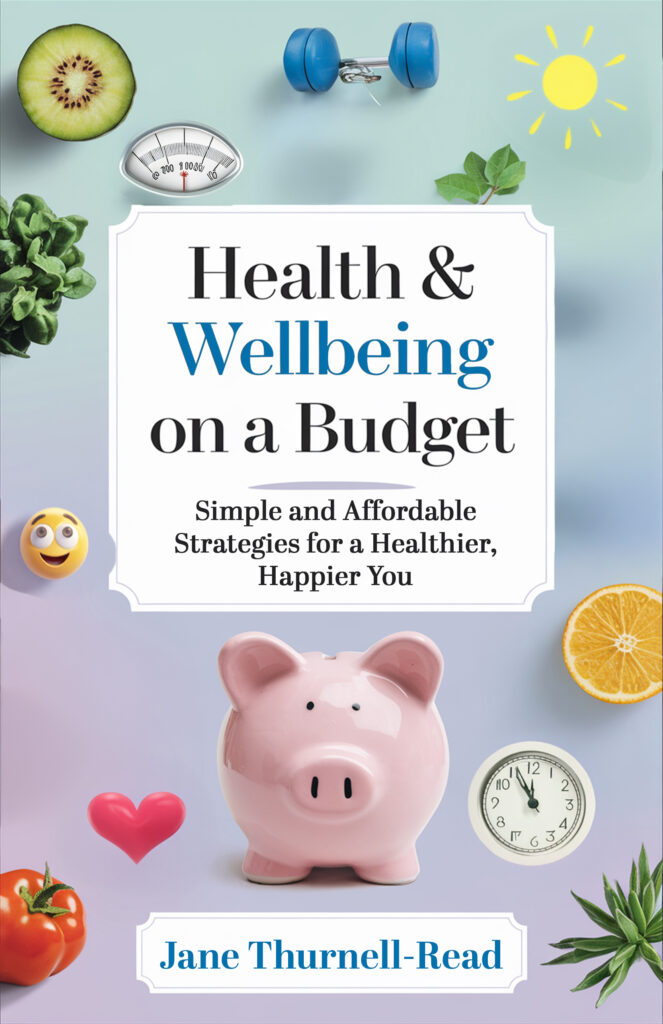
“This is one of the best books I’ve read in awhile! Living a healthy life can seem daunting and impossible. This book takes something that seems difficult and breaks it down into easy, mostly free, simple attainable goals.” Amazon US customer
Simple and Affordable Strategies for a Healthier, Happier You
They tell me that they couldn’t just sit there concentrating on their breathing while their mind was completely empty. I think this is totally missing the point about how mindfulness works.
If you find it difficult to do, it’s likely that you’ll really benefitting from doing it! After all, if you could do it, you wouldn’t need to practice it.
Headspace describes meditation and mindfulness like this:
“Meditation isn’t about becoming a different person, a new person, or even a better person. It’s about training in awareness and getting a healthy sense of perspective. You’re not trying to turn off your thoughts or feelings. You’re learning to observe them without judgment. And eventually, you may start to better understand them as well.
“Mindfulness is the ability to be present, to rest in the here and now, fully engaged with whatever we’re doing in the moment.”
So let’s start with that conception that many people have that you should have a blank mind. This isn’t correct. You’re not trying to turn off your thoughts or feelings. You’re learning to observe them without judgment. You are learning to be in a non-judgemental present.
Many of us spend our time thinking about the past or the future or judging ourselves in the present.
Mindfulness is the process of learning to be in the present more often. Not all the time! Obviously, sometimes you need to think about what you will eat later in the day or some task you need to do next week.
During a mindfulness session you will not spend the whole time focussing on the present, or concentrating on your breathing or with a blank mind or in some altered state.
That’s not the way to approach mindfulness.
My mind isn’t blank when I do mindfulness exercises. It is about learning to recognise that your brain is off somewhere else and bring it back to the present. As you do the mindfulness exercise, you’ll find your brain (or your mind) starts to wander. You may start wondering what to have for dinner, or reminding yourself that when you finish you must text the plumber or pay that bill.
The aim of mindfulness is to recognise ( as soon as possible) that your mind has wandered and bring it back to focus on your breathing.
You just bring it back to the present without criticising yourself, without getting upset, without getting annoyed. Just bring it back to the present.
The aim of the mindfulness session, this bringing your thoughts back to the present,
back to the mindfulness session, is so that you can learn to do this in your everyday life.

“Lots of really useful tips, all backed up by scientific studies. Some tips are super-easy to implement with very little effort and I will definitely be trying those. Nicely written in an easy-to-read format (dip in and out as and when you have time).” Amazon UK Customer
How To Lose Weight Naturally And Permanently Without Stress
For example, you could be watching something on TV and then you start to think about something that will happen the next day – maybe a visit to the dentist or a meeting with a difficult client. You start worrying, destroying your enjoyment of the film you’re watching.
What does this worrying achieve? It doesn’t make you better able to deal with the events of tomorrow. In fact, it may make it harder. Mindfulness teaches you to catch yourself thinking about tomorrow and gently let the thought go.
Overcoming mindless eating
If you do a lot of “mindless eating”, practicing mindfulness can, not surprisingly, be very beneficial.
The point of the mindfulness session isn’t the session itself. It’s teaching you how to catch unhelpful thoughts quickly and bring you back to the present in your everyday life.
In a way, a mindfulness session should be seen as being a session where you repeatedly become aware of your mind wandering and bring it back to the present, so that you can do that in your daily life.
It’s like going to the gym. I’m a keen gym goer and enjoy weightlifting. While I’m in the gym I’m practicing lifting heavy weights. This makes me stronger in the gym, but it also makes me stronger in my everyday life too. It’s the constant repetition that happens in the gym that makes me stronger.
It’s the same with mindfulness. If you practice bringing your mind back during mindfulness sessions, you’ll find that in everyday life, it becomes easier too.
If you practice mindfulness regularly, you’ll get better at parking worries until it’s just an appropriate time to look at them.
I actually have a sort of mental parking area and when I get a persistent worrying type of thought,
usually about the future, about what’s going to happen and how bad it’s going to be, I ask myself:
“Is this a useful thought? Is there anything I can do now to change this?”
And if the answer to that is No, then I take that thought and park it. I have a sort of an idea that,wh en I want to worry about that, I can easily find it again, because it’s in the parking lot.
This implies that I’m always catching my thoughts. This, of course, isn’t true, but practicing mindfulness and using the concept of a parking lot means I am able to do it at least some of the time. Like all of us, I’m a work in progress!
You may find that idea useful too. Having an image of a physical parking lot or just being able to set the thought aside becomes easier and easier as you practice mindfulness.
Regularly practicing mindfulness helps you to learn to do that, to recognise that a particular worrying thought, often a repetitive worrying thought, is not appropriate right now. There’s nothing that you can do right now. So you can put it on one side.
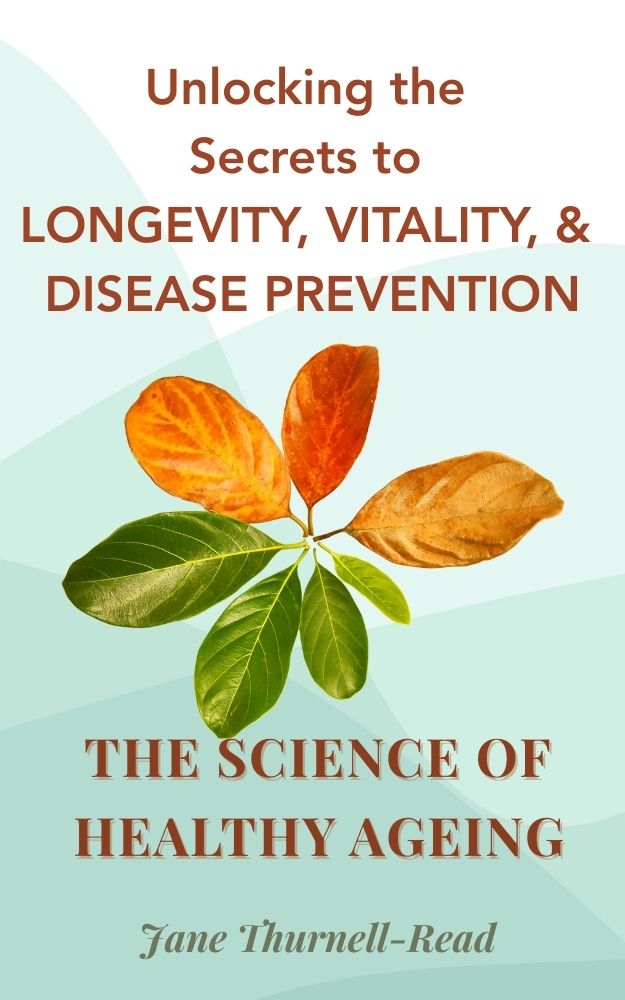
“An excellent book, concise and factual therefore easy to read by ‘dipping in and out’. Lots of good advice on implementing strategies that will help to promote and maintain good health including maintaining strength, balance and mobility – so important as we get older. I recommend this book to anyone who wants to optimise their health. Amazon UK customer
Unlocking the Secrets to Longevity, Vitality, and Disease Prevention
Mindfulness can give you time. Time gives you choices, rather than mindlessly doing something without registering its effect on you, till it’s too late.
Now you won’t get to this after two sessions of mindfulness. You need to keep practicing.
You’ll also get better at recognising negative self-talk for what it is. You will spend more time in the present and so feel less stressed, less overwhelmed, less always on.
I recommend you use a mindfulness app to get started.
I personally like the Headspace app. It has a whole library of mindfulness activities. It also has a specific Mindful Eating mini-course. And meditations for sleep, anger and stress.
The Calm app is popular with some people. Both of these are paid apps.
Medito is a newer app. It’s free but has fewer meditations to choose from.
The research on mindfulness is growing. It can help with anxiety and other negative emotions.
Do give it a try.
My Books
Small Shifts, Big Impact –
Backed by Science
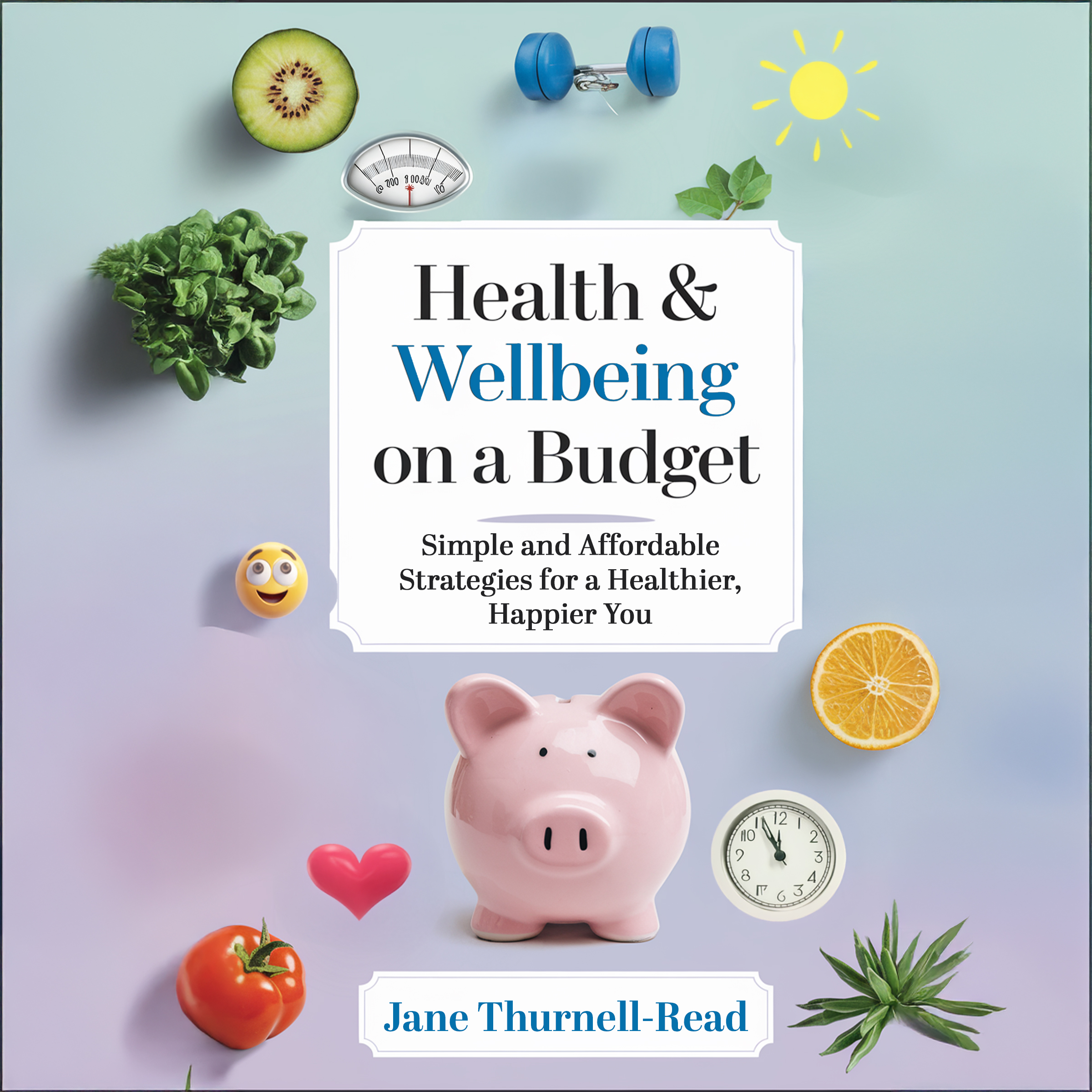
Simple and Affordable Strategies for a Healthier, Happier You
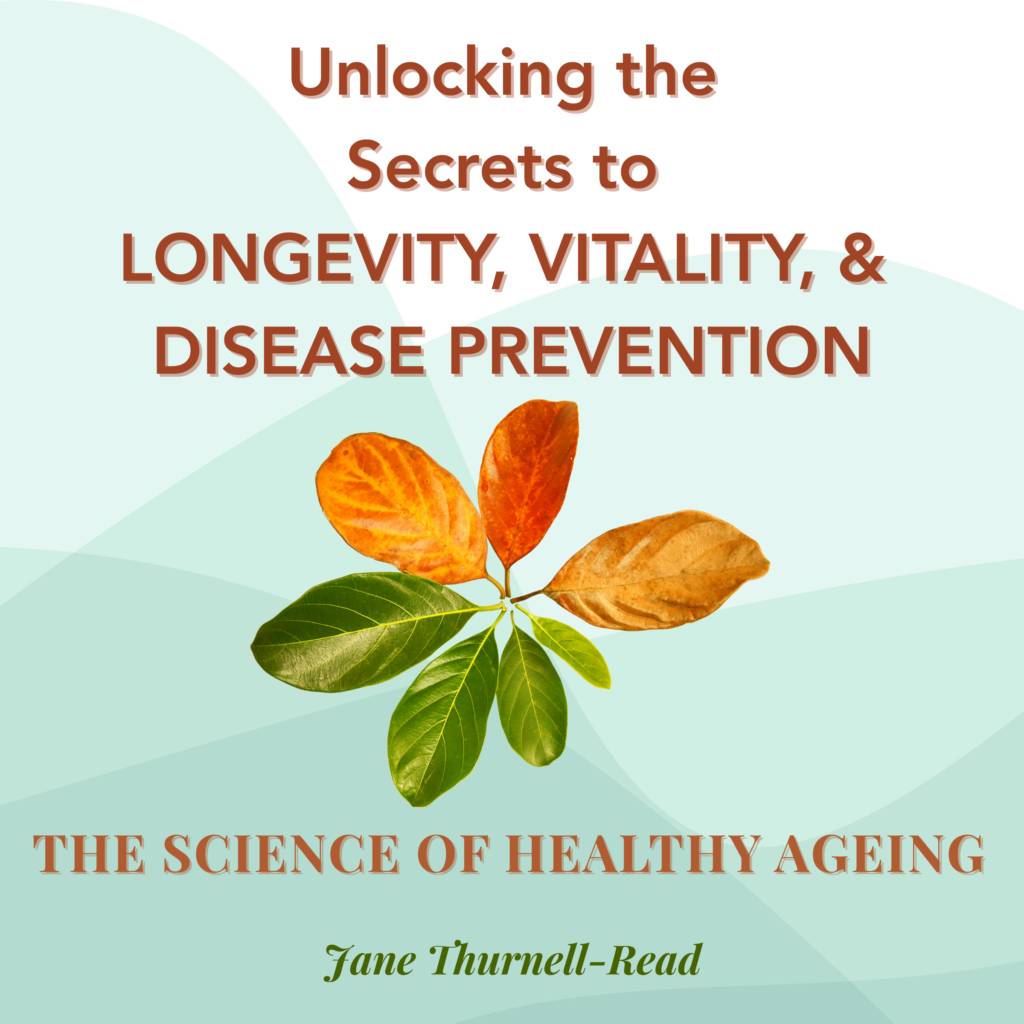
Unlocking the Secrets to Longevity & Vitality
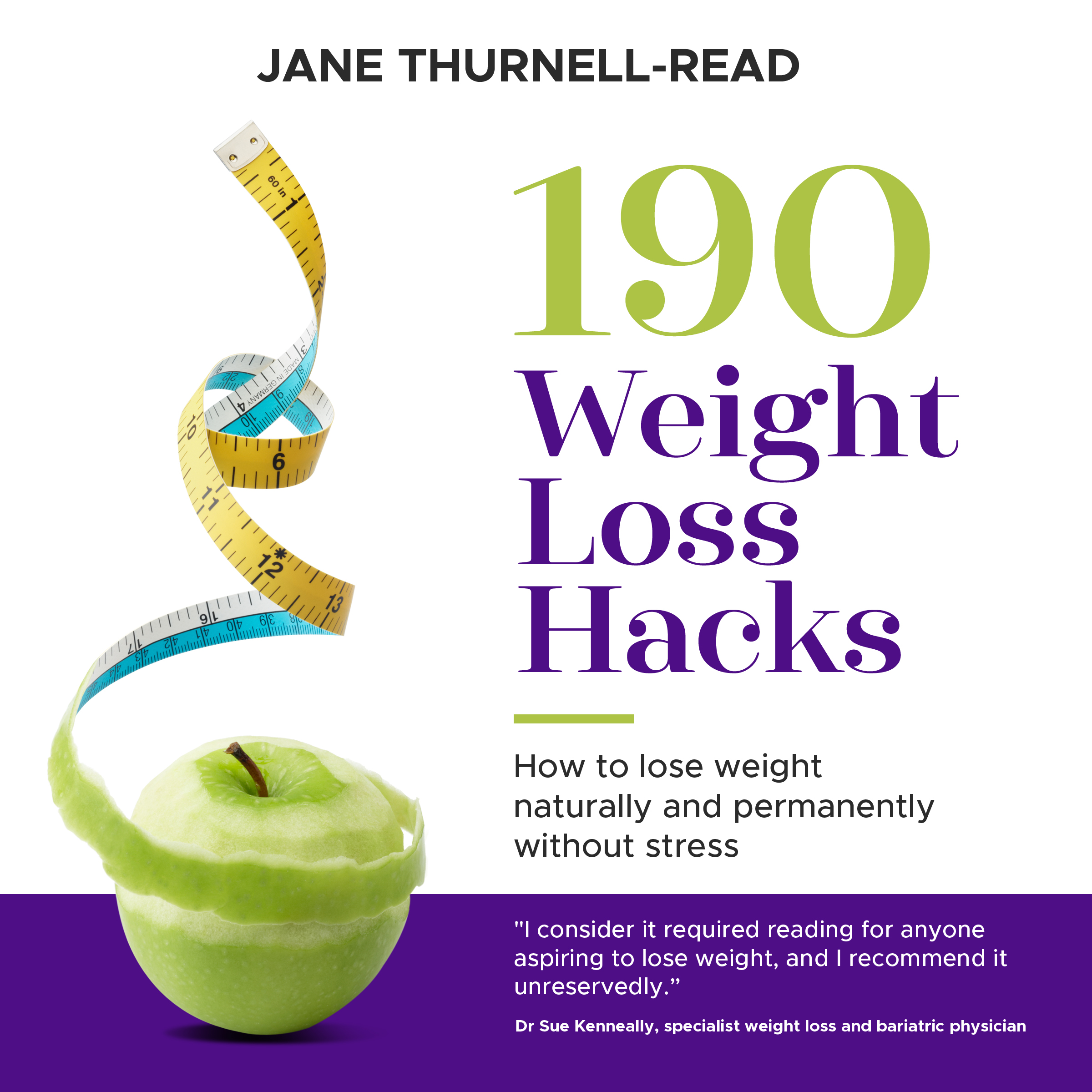
How To Lose Weight Naturally And Permanently Without Stress

Live Well, Sleep Well, Stop Hot Flashes And Lose Weight
-
Can the Mediterranean diet ease IBS symptoms? New research
For those living with irritable bowel syndrome (IBS), the daily struggle of bloating, discomfort, and unpredictable digestion can feel exhausting. Finding the right diet to ease symptoms can be frustrating – especially when advice seems to contradict itself. However, a…
-
What’s on your tombstone?
I want to talk about when you die. Now, it’s not a very pleasant subject, but I want to talk about one particular aspect of it. Your tombstone. Okay, I know you may get cremated, or because of your religious…
-
Want to achieve your most important goals? Don’t share them!
How many times have you seen the advice that you should share your goals? Yep, tell everyone about your goals and you are more likely to achieve them. Obvious, isn’t it? It increases your accountability, and success comes with accountability.…




